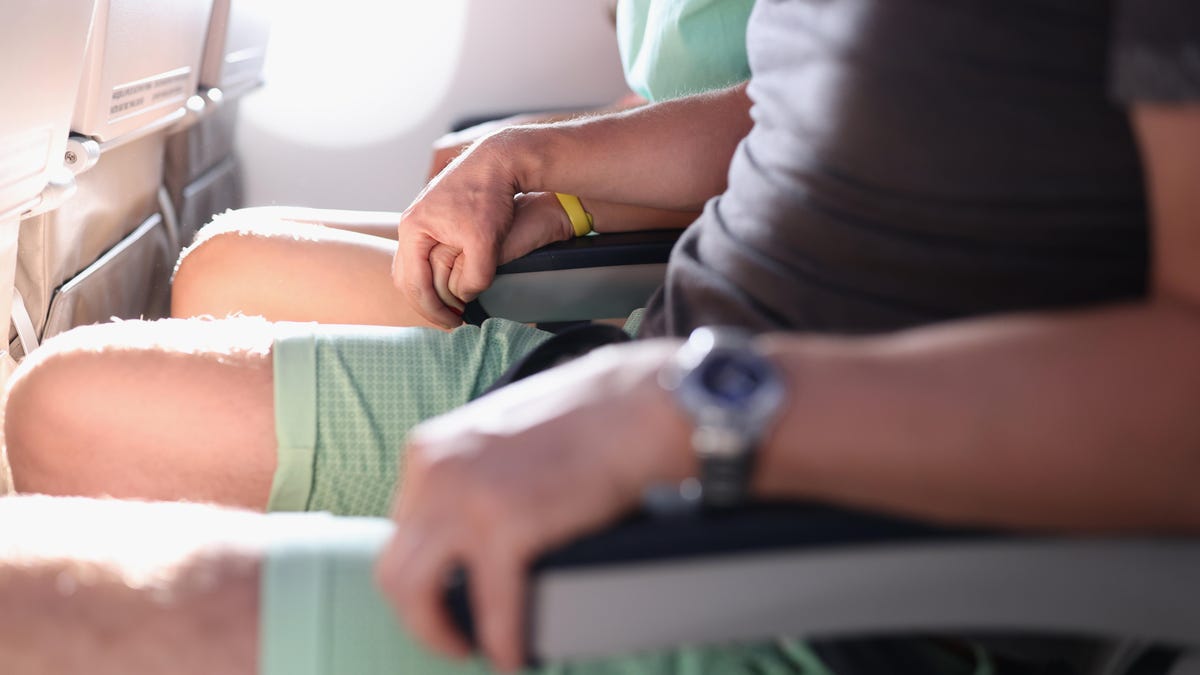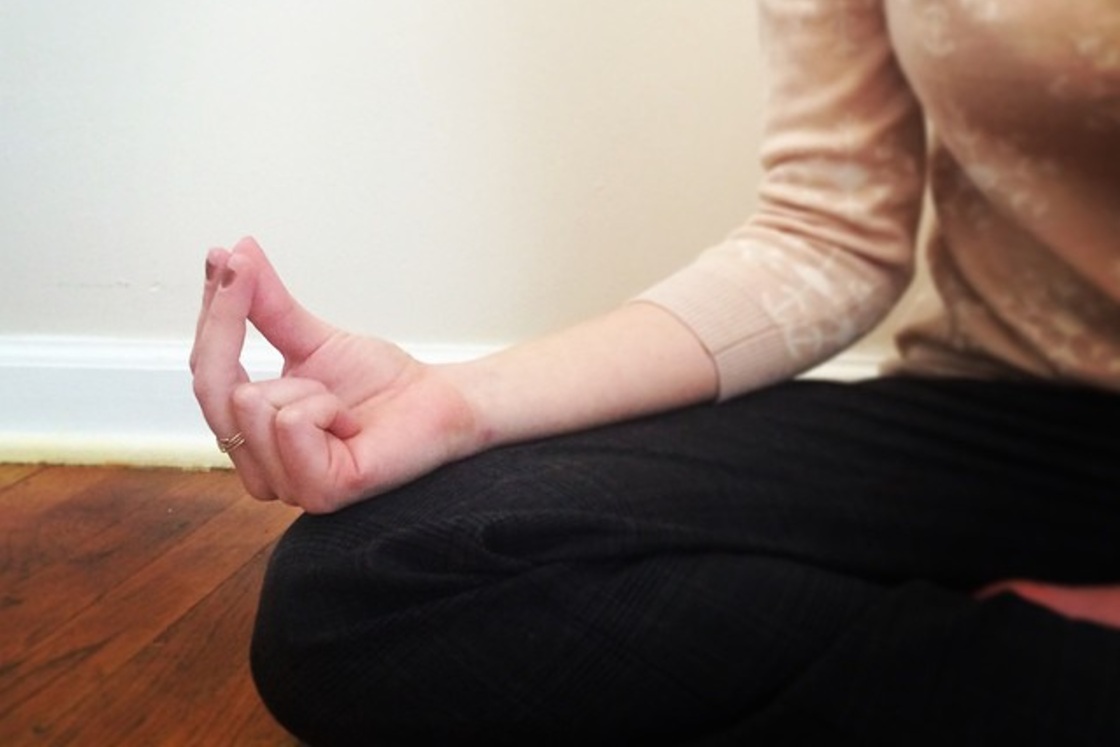How to Conquer Your Fear of Flying, According to a Pilot
It’s estimated that 25 million Americans have a fear of flying. And although the fear is a perfectly natural one—how does it stay up there, especially when turbulence hits?—it can have a significantly negative impact on a person’s life....


Photo: H_Ko (Shutterstock)
It’s estimated that 25 million Americans have a fear of flying. And although the fear is a perfectly natural one—how does it stay up there, especially when turbulence hits?—it can have a significantly negative impact on a person’s life. But there’s a simple mental imagery trick, invented by an airline pilot and making the rounds on TikTok, that may help you the next time you find yourself on a bumpy airplane ride.
How to conquer your fear of flying
Australian TikTok star Anna Paul recently demonstrated a way of thinking about airplanes that offers an intuitive explanation for how they are able to stay up in the air, even during turbulence. In the video, Paul sticks a piece of wadded up napkin into a cup of Jello. Pointing at the napkin (the “airplane”), which remains stationary, she explains that the pressure the Jello (the “air”) exerts from all sides is what keeps the napkin in place—the same way an airplane is able to stay in the sky.
Paul shakes the cup, showing how the napkin remains in place, which is also true of an airplane in turbulence. “It’s not going to automatically fall just because it’s shaking,” Paul said. “You do not have to be scared.”
Is the air really like Jello?
Imagining the air surrounding an airplane as Jello can be a bit of a stretch, but it’s closer to reality than you might think. As airline pilot and licensed therapist Tom Bunn, who invented this exercise, explains in his book Soar: The Breakthrough Treatment for Fear of Flying, the faster we go, the more pressure the air exerts on us, until at a high enough speed, the pressure become equivalent to that of Jello.
As Bunn writes in his book, “As speed through air increases, passage becomes more difficult. When you’re walking through air at five miles-per-hour, it’s effortless; biking through air at 25 MPH requires all the effort a non-racer can muster. In a car, at 50 MPH, if you put your hand out the window and push forward, it takes the same effort as putting your hand underwater in a swimming pool and pushing forward. This means, to a vehicle penetrating it, 50 MPH air is as thick as water in a pool. At 80 MPH, air becomes like oil or molasses. At takeoff speed, between 140 and 200 MPH, as far as the plane is concerned, air has been transformed into something as solid as gelatin.”
The next time that you find yourself sitting on an airplane, waiting for takeoff, imagine the air becoming thicker and thicker the faster that it goes down the runway, until finally, when it takes off, it has become as thick as Jello.

 UsenB
UsenB 
































